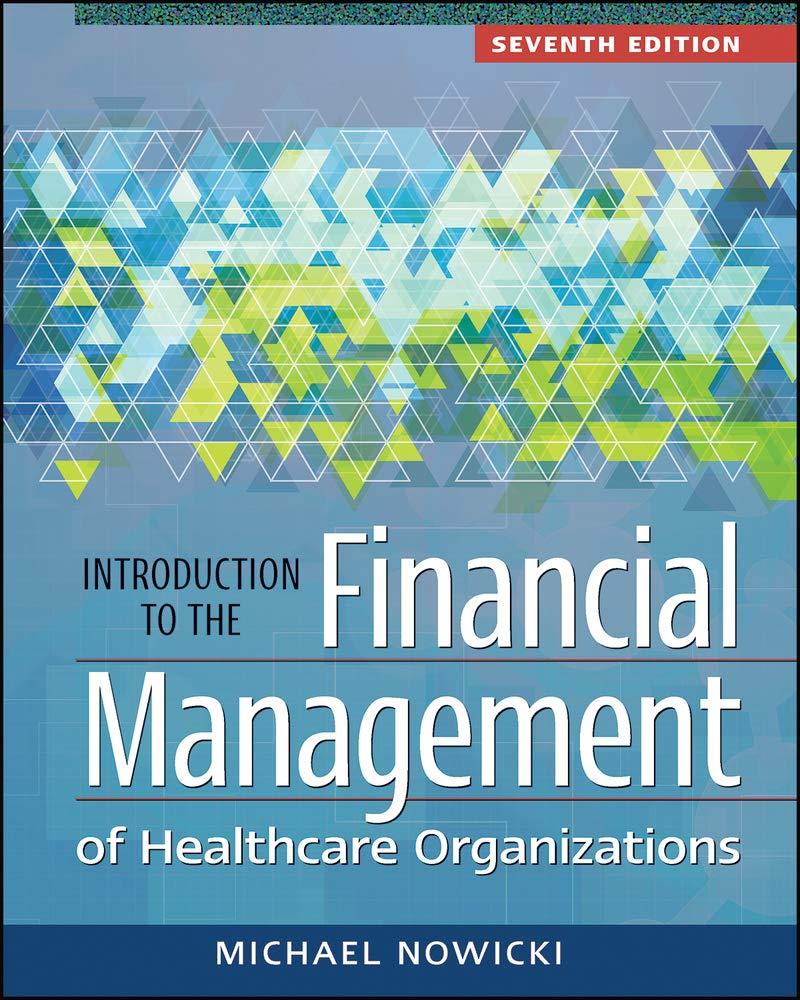The principsi of the time value of money is probably the single mose important concept in financial management. One of the mase frecuentily enchunfered apelicatices involves the calculation of a fucure value. The process for converting present values into future values is called This process requires knowledge of the vakues of three of four time-value-of-money variables, which of the following is not one of these variables? The infation rate indicating the change in average prices The interest rate (1) that could be carned by invested funds The duration of the imvestment (N) The present value (FN) of the amount ievested Al other things being equal, the numerical difference between a present and a future value comesponds to the amount of interest eamed during the deposit or investment period. Each line on the folewing graph corresponds to on interest rate: ow, tow, or 20s. Identify the interest rate that corresponds with each line. All other things being equal, the numerical difference between a presect and a future value corresponds to the amount of interest earned during the deposit of investrment period, Each line on the folowing graph comesponds to an witerest ratei- 6%, 10\%, or 20%. Ideskity the interest rate that cocresponds with each line. Inyestmients asd wans twase they interest cnloulations on ene of two possele methotit the Autrest and the Investments and lowns base their interest calculations on one of two possible methodsi the interest and the interest methods. Both methods apply three varsbles-the amount of prindipal, the interest rate, and the investment or depset period-to the amourt deposited or invested in orfer to corroute the amount of interest. However, the two methods dimer in their relationship? between the variables. Assume that the variables 1,N, and pV reperesert the interest rate, investment or deposit period, and present value of the amount deposited of invested, respectively, Which equasion best represents the cakculatiso of a future velue (F) uting: Compound interest? FV=PVT(1+1)NFV=PV(1+1)N:FV=PV+(PVTN) smele interes? FV=PV+(FVIN)PV=PV/(FVTN)FV=FV1N tSentify whether the following statements about the simpin and compound imteres merhods are tree or fase. statement Identify whetheir the foliowing staternents abeut the simple and comoound interest methods are true or false. og and Study Tools aptions ge 5uccess Tips er Success Tips Feedback Yuri is willing to invess $30,000 for slk years, and is an economically rational irvestor, the has identifed three investment alematives ( X, Y, acd z ) that vary in their method of calculating interest and in the annual inkerest rate offered. Since he can only make one investment during the six-year investrment period, compiete the following table and indicate whether Yuri thould invest in each of the investments: Note : When caiculating each investment's future value, assume that all interest is earned annualy, The final value should bet rounded to the nearest whele dotar










